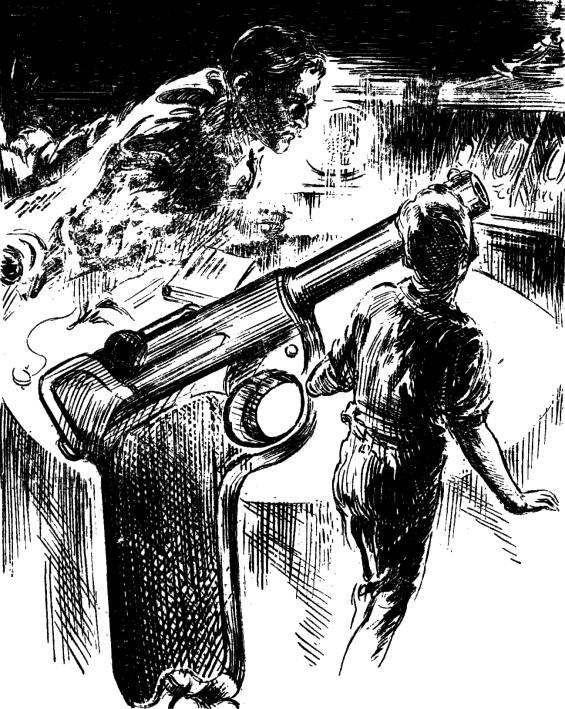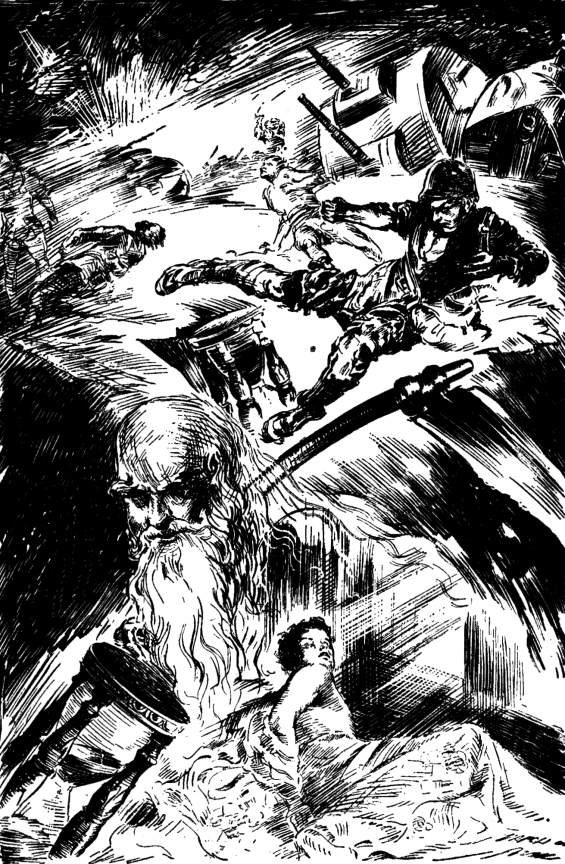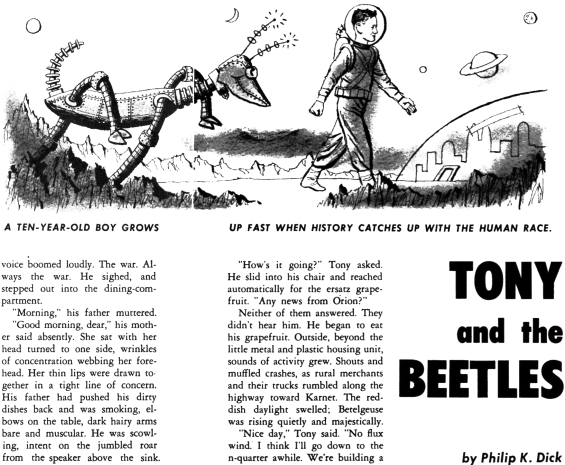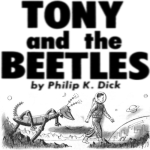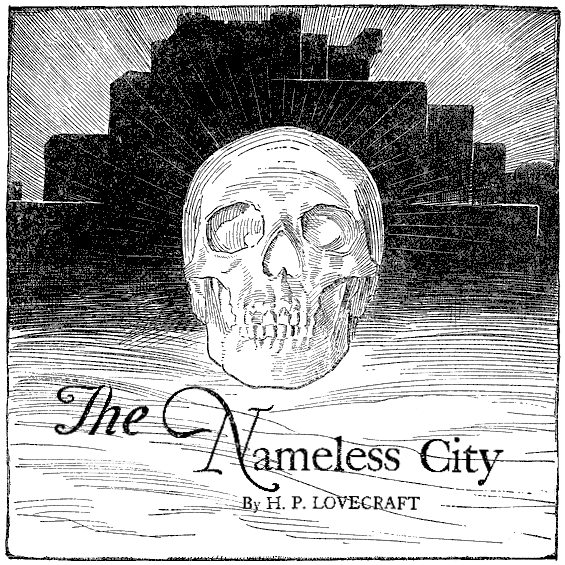
Here’s the story for our SFFaudio Podcast readalong, a classic tale about a semi-barbaric king and his beautiful, but very jealous, daughter.
The Lady, Or The Tiger? is a story I had never heard of until this week – and yet as a phrase, as a trope, it is something I had been vaguely aware of.
The Lady, Or The Tiger? seems to be almost unknown in the current generation – but it is still relevany, and still worthy of reading and talking about.
After reading, or listening to it, on tell me which side do you come down on, was it the lady, or was it the tiger?
 The Lady, Or The Tiger?
The Lady, Or The Tiger?
by Frank R. Stockton; Read by David Federman
1 |MP3| – Approx. 17 Minutes [UNABRIDGED]
Publisher: LibriVox.org
Published: October 27, 2008
A man sentenced to an unusual punishment for having a romance with a king’s beloved daughter. Taken to the public arena, he is faced with two doors, behind one of which is a hungry tiger that will devour him. Behind the other is a beautiful lady-in-waiting, whom he will have to marry, if he finds her. While the crowd waits anxiously for his decision, he sees the princess among the spectators, who points him to the door on the right. The lover starts to open the door and … the story ends abruptly there. Did the princess save her love by pointing to the door leading to the lady-in-waiting, or did she prefer to see her lover die rather than see him marry someone else? First published in 1882.
And here’s a |PDF| version.
Posted by Jesse Willis
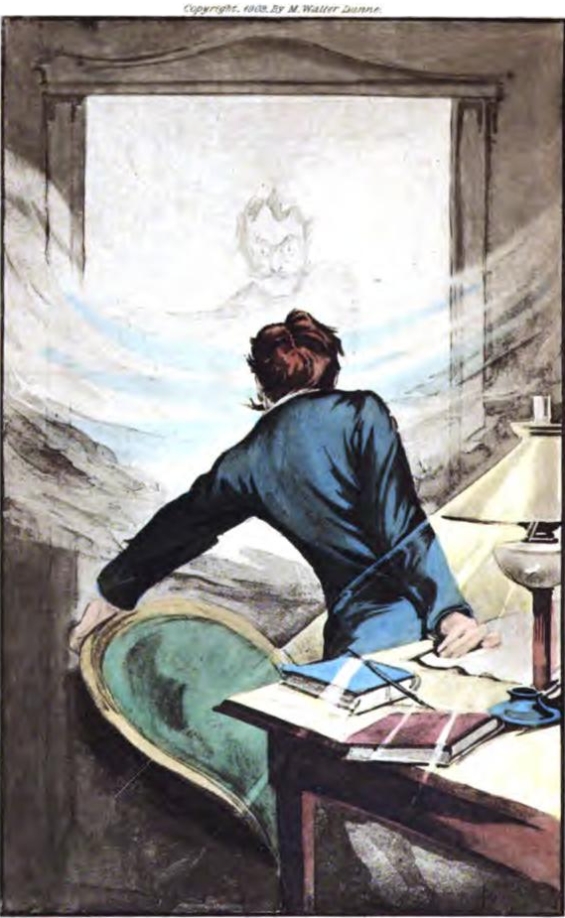
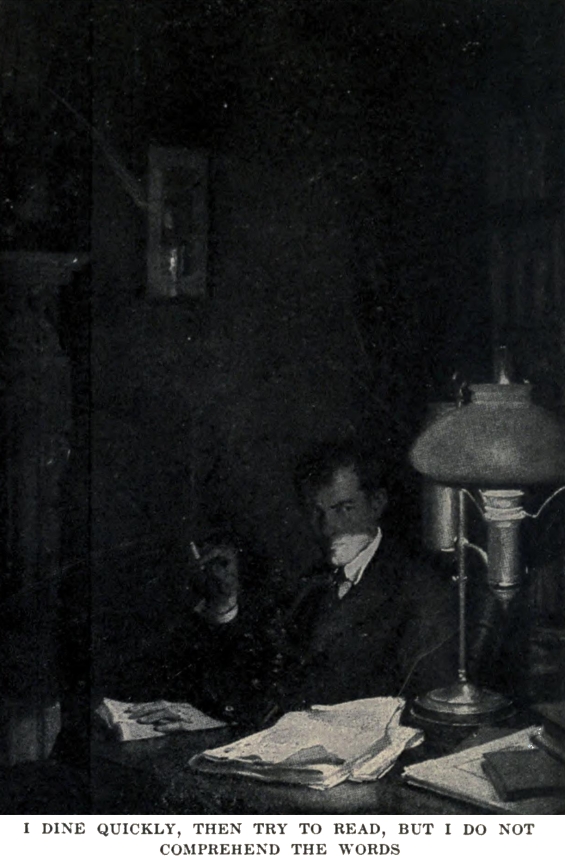
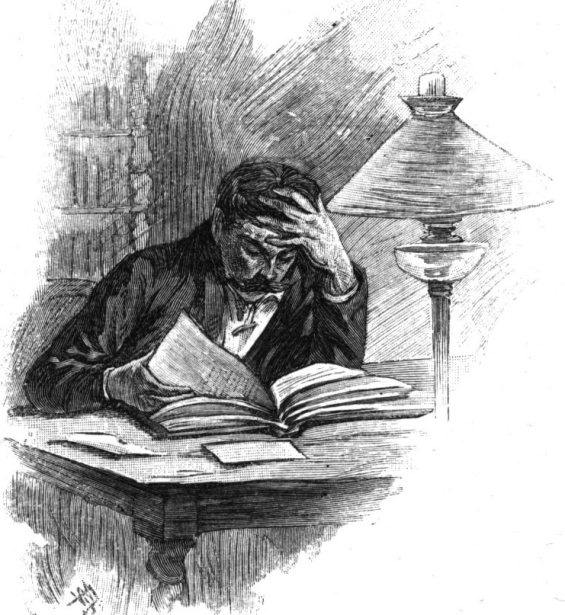

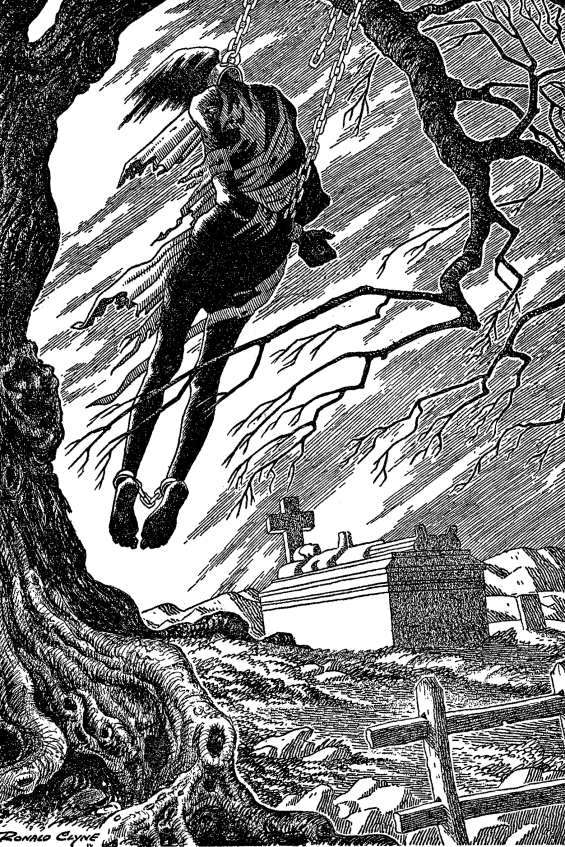
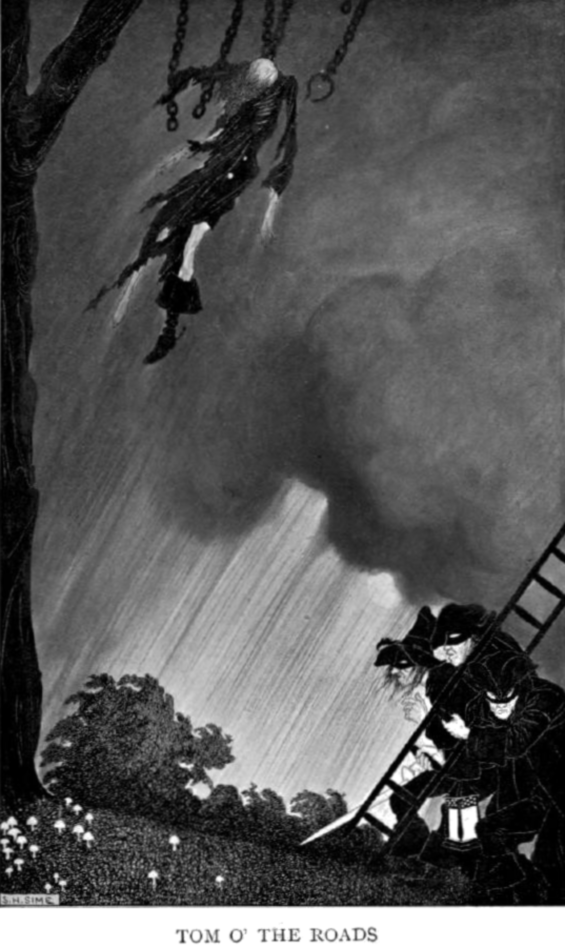
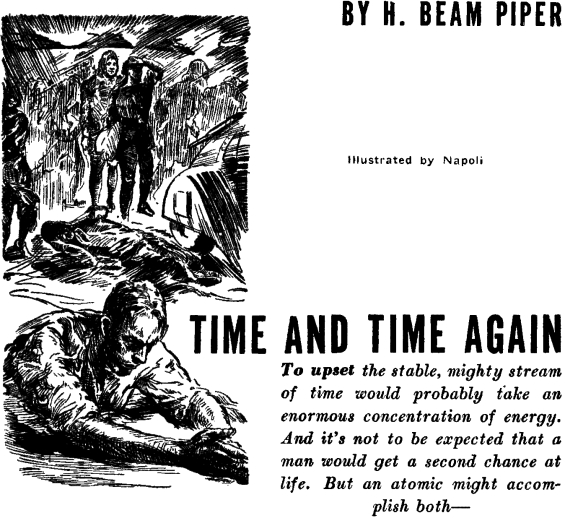
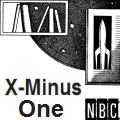 X-Minus One – Time And Time Again
X-Minus One – Time And Time Again